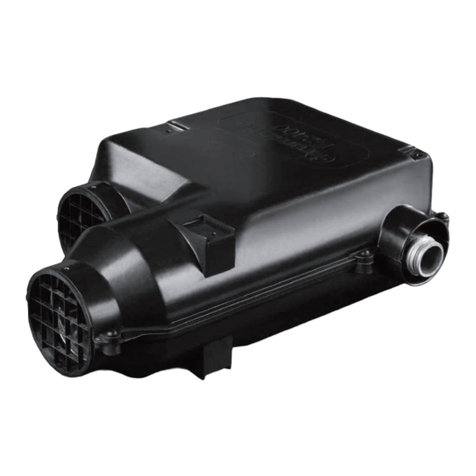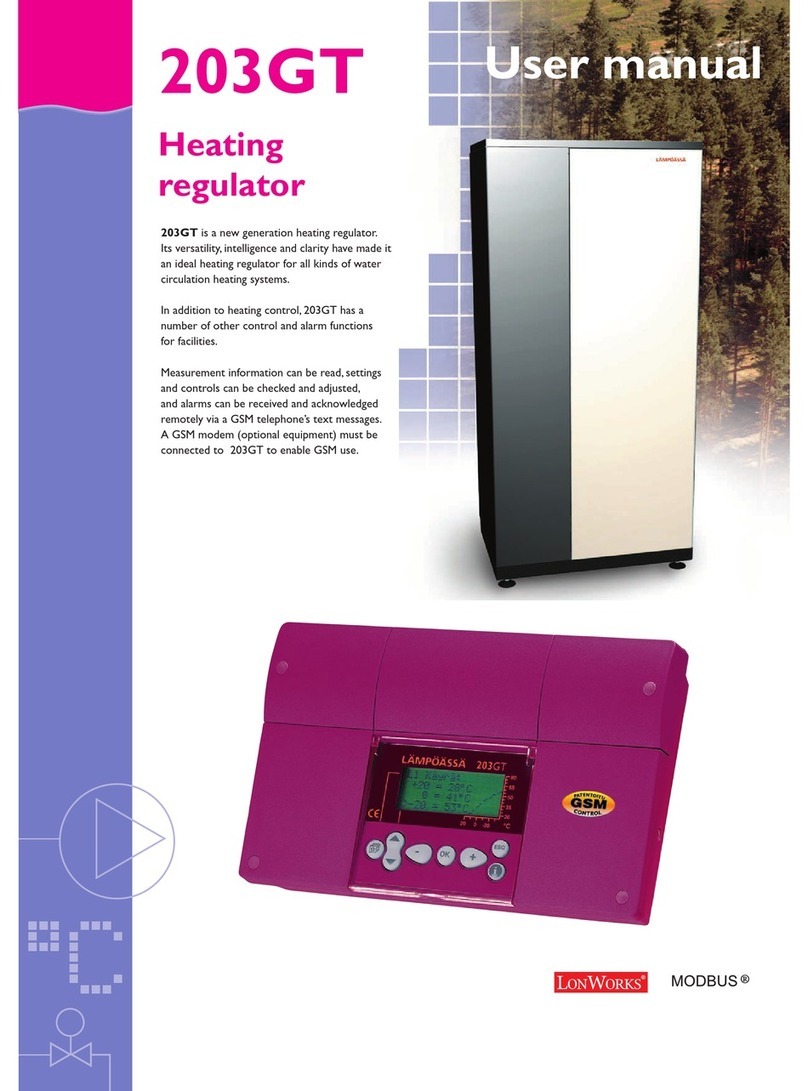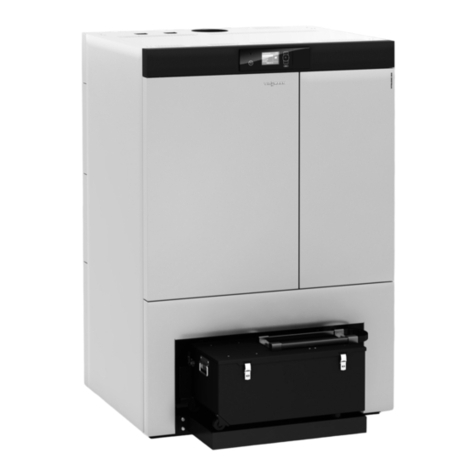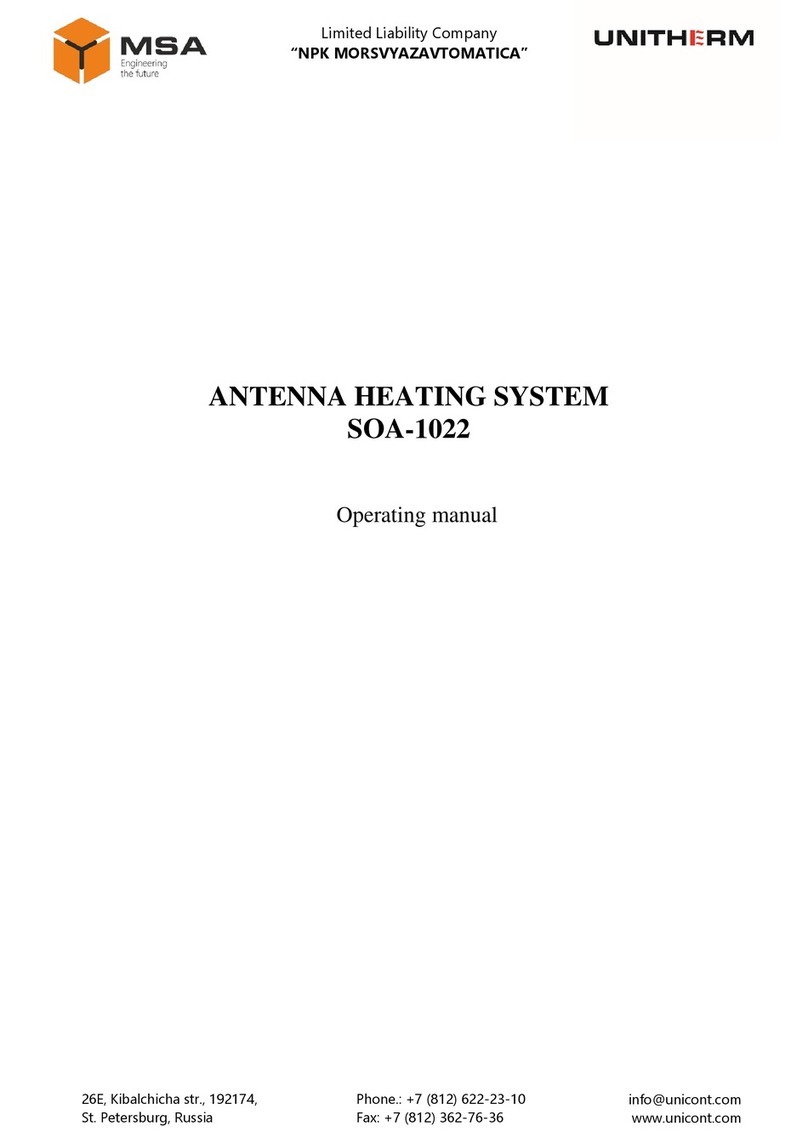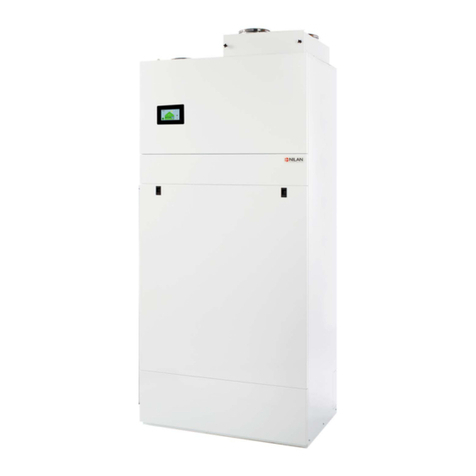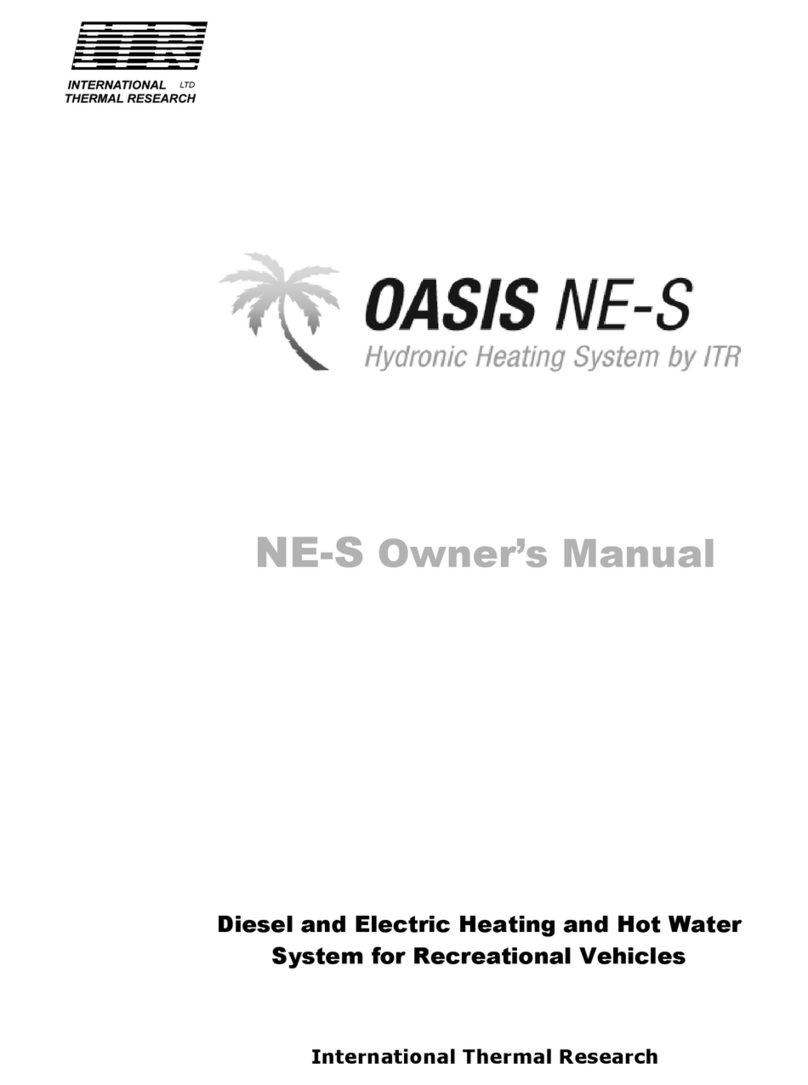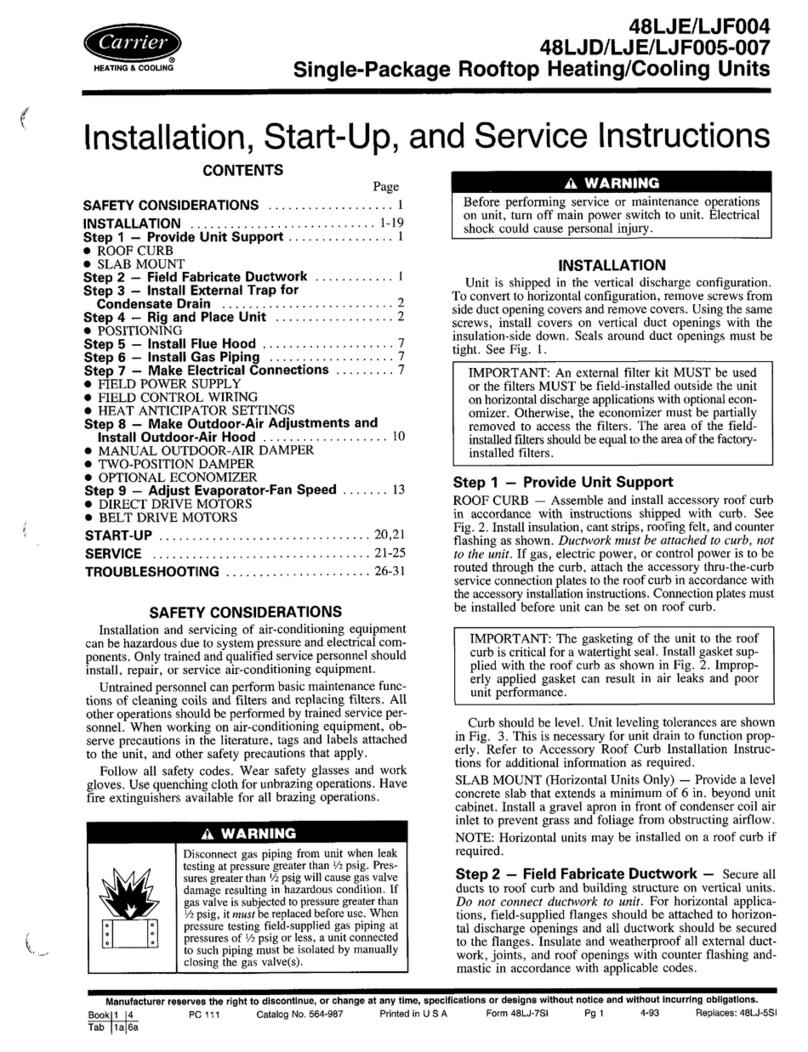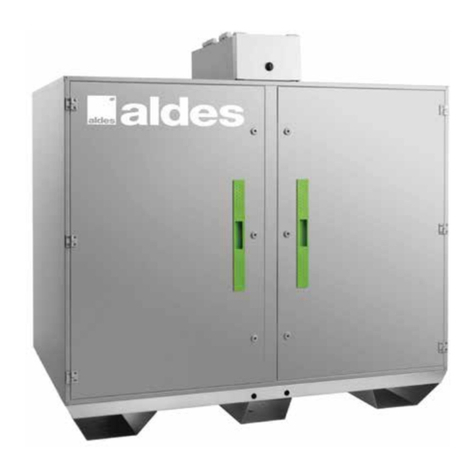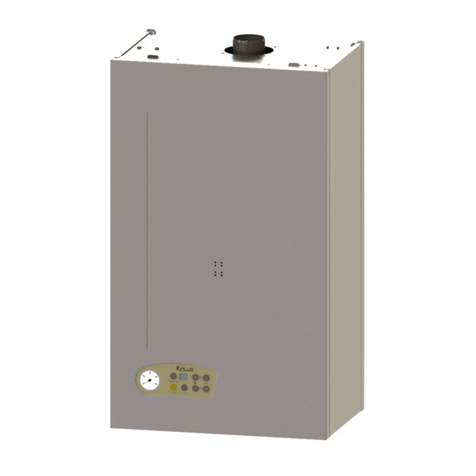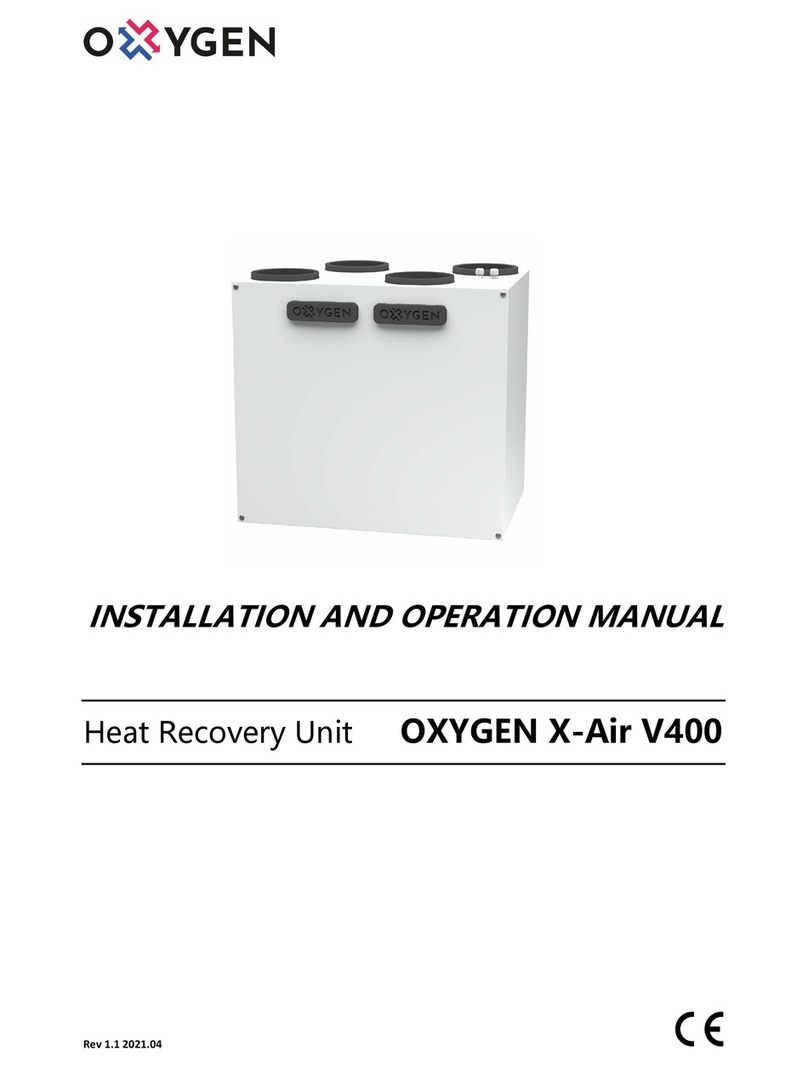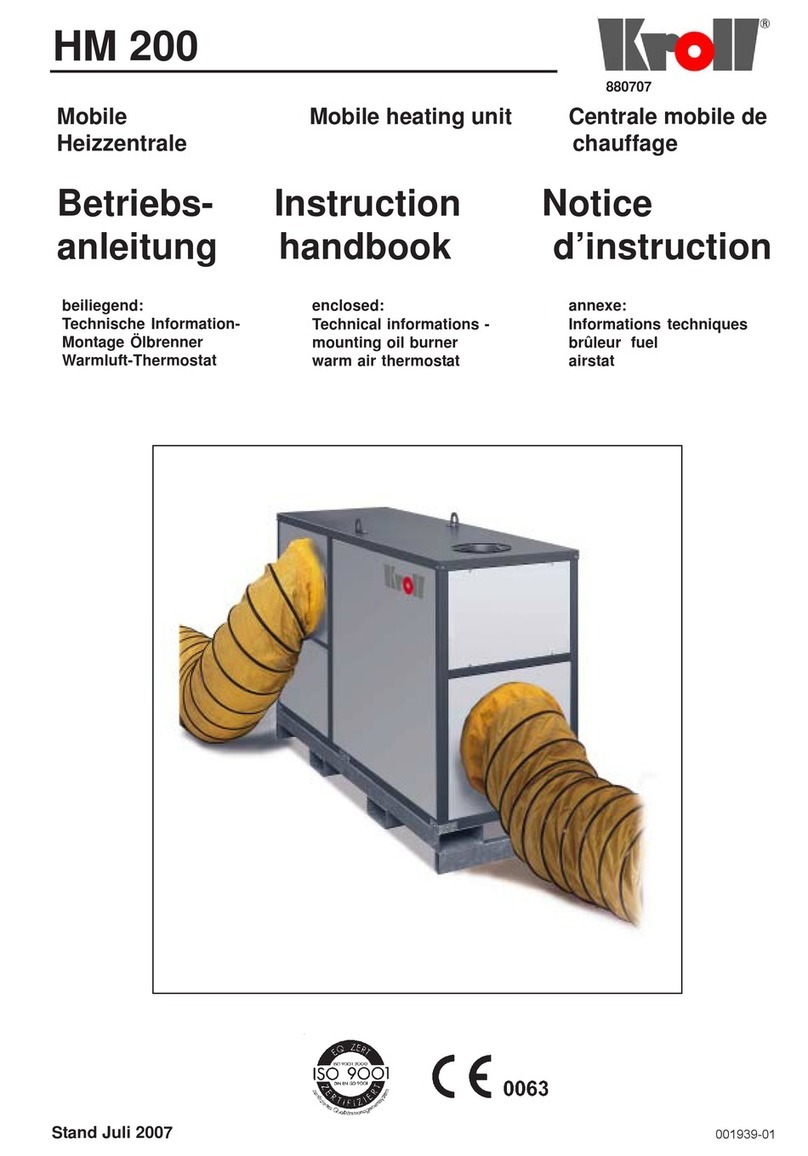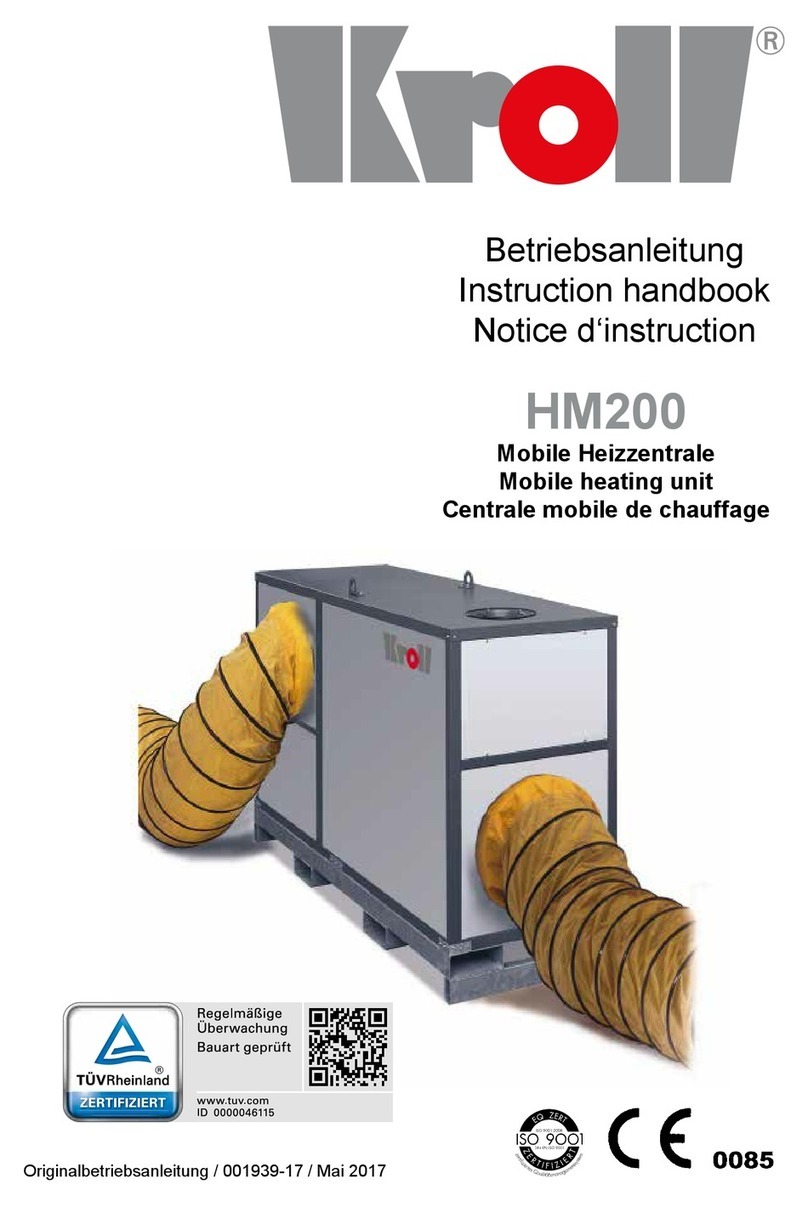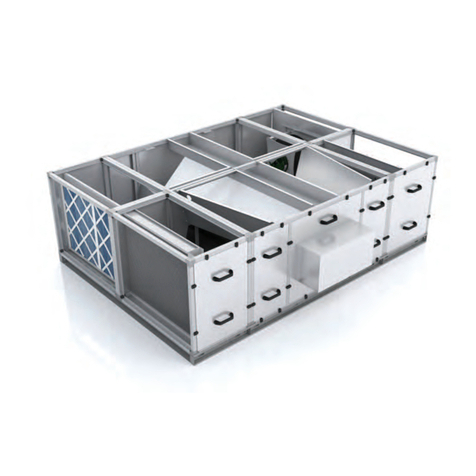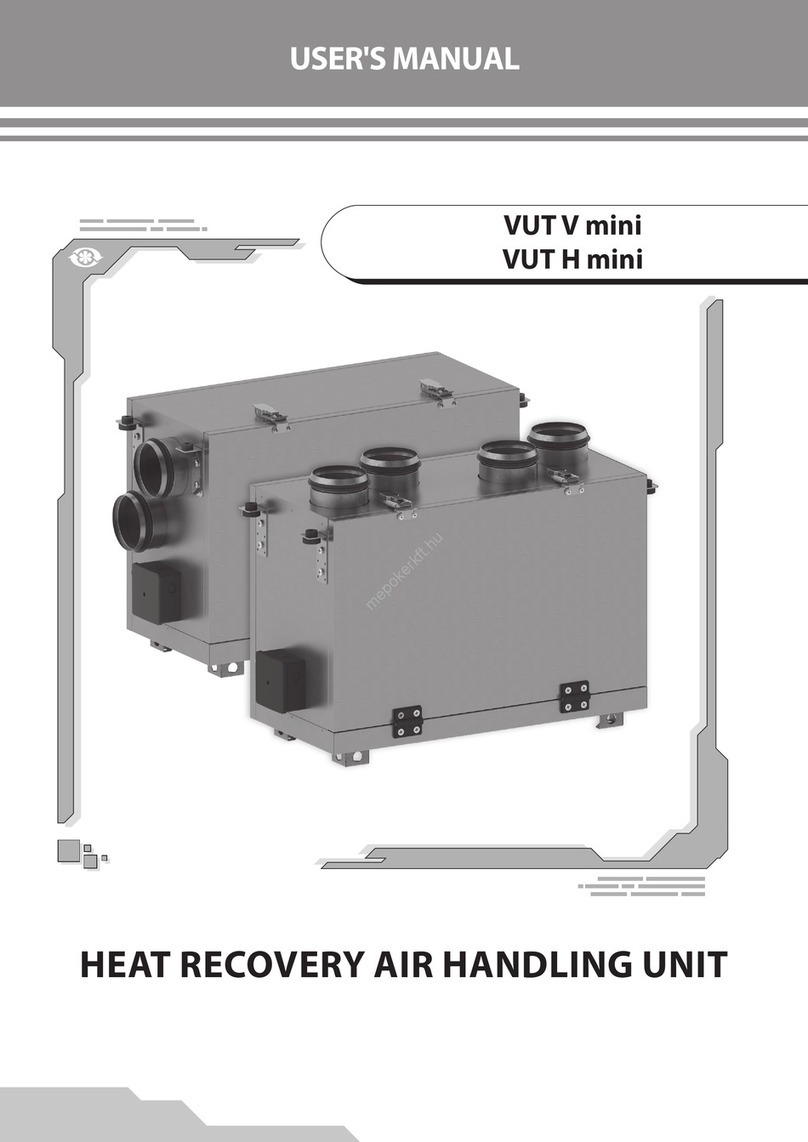
507388-03 Issue 2127 Page 5 of 19
Insucient combustion air can cause headaches,
nausea, dizziness or asphyxiation. It will also cause
excess water in the heat exchanger resulting in rusting
and premature heat exchanger failure. Excessive
exposure to contaminated combustion air will result
in safety and performance related problems. Avoid
exposure to the following substances in the combustion
air supply:
• Permanent wave solutions
• Chlorinated waxes and cleaners
• Chlorine base swimming pool chemicals
• Water softening chemicals
• De-icing salts or chemicals
• Carbon tetrachloride
• Halogen type refrigerants
• Cleaning solvents (such as perchloroethylene)
• Printing inks, paint removers, varnishes, etc.
• Hydrochloric acid
• Antistatic fabric softeners for clothes dryers
• Masonry acid washing materials
WARNING
Combustion Air
This unit is a direct - vent furnace which obtains all air
needed for combustion from outdoors.
Venting
The venting system is an integral part of the appliance.
The venting system must not be modied or added on
to.
The unit contains a combustion inducer. The inducer
draws the combustion products out of the heat exchanger
together with dilution air and forces the mixture from the
unit to the outside. No special provisions are required for
supplying air for combustion, nor is a chimney required.
The vent outlet must not be altered or extended.
The venting system is designed for proper operation under
all weather conditions and for winds up to 31 m.p.h.
Removal of Unit from Common Venting System
When an existing furnace is removed from a common
venting system serving other appliances, the venting
system is likely to be too large to properly vent the
remaining attached appliances. The following test
should be conducted with each appliance while the other
appliances connected to the common venting system are
not in operation.
1. Seal any unused openings in the common venting
system.
2. Visually inspect the venting system for proper size and
horizontal pitch and determine there is no blockage
or restriction, leakage, corrosion, or other deciencies
which could cause an unsafe condition.
3. Insofar as is practical, close all building doors and
windows between the space in which the appliances
remaining connected to the common venting system
are located and other spaces in the building. Turn on
clothes dryers and any appliance not connected to the
common venting system. Turn on exhaust fans, such
as range hoods and bathroom exhausts, so they will
operate at maximum speed. Do not operate a summer
exhaust fan. Close replace dampers.
4. Following the lighting instructions, place the unit being
inspected in operation. Adjust the thermostat so the
appliance will operate continuously.
5. Test for spillage at the draft control relief opening after
5 minutes of main burner operation. Use the ame of
a match or candle.
6. Follow the preceding steps for each appliance
connected to the common venting system.
7. After it has been determined that each appliance
remaining connected to the common venting system
properly vents when tested as outlined above, return
doors, windows, exhaust fans, replace dampers,
and any other fuel burning appliance to their previous
condition of use.
8. If improper venting is observed during any of the above
tests, the common venting system must be corrected.
See National Fuel Gas Code, ANSI Z223.1 (latest
edition) to correct improper operation of common
venting system.
Gas Connections
The gas line to the unit should be adequately sized to
prevent undue pressure drop and should never be smaller
than the manual valve used. Consult the local utility or
National Fuel Gas Code for complete details on special
requirements in sizing gas piping.
The units supplied for operation with natural gas contain
a gas regulator which must be operated with inlet gas
pressures specied on the rating plate. If gas line pressure
exceeds this gure, an additional high pressure regulator
must be installed to reduce this pressure.
Units for operation with propane must be converted with a
kit supplied by the manufacturer and require for operation
an inlet pressure of 11” W.C. minimum and 13” W.C.
maximum. A regulator is also required on the propane tank.
If local codes allow use of a exible gas connector, a new
listed connector must be used. Do not use a connector
which has previously serviced another gas appliance.
